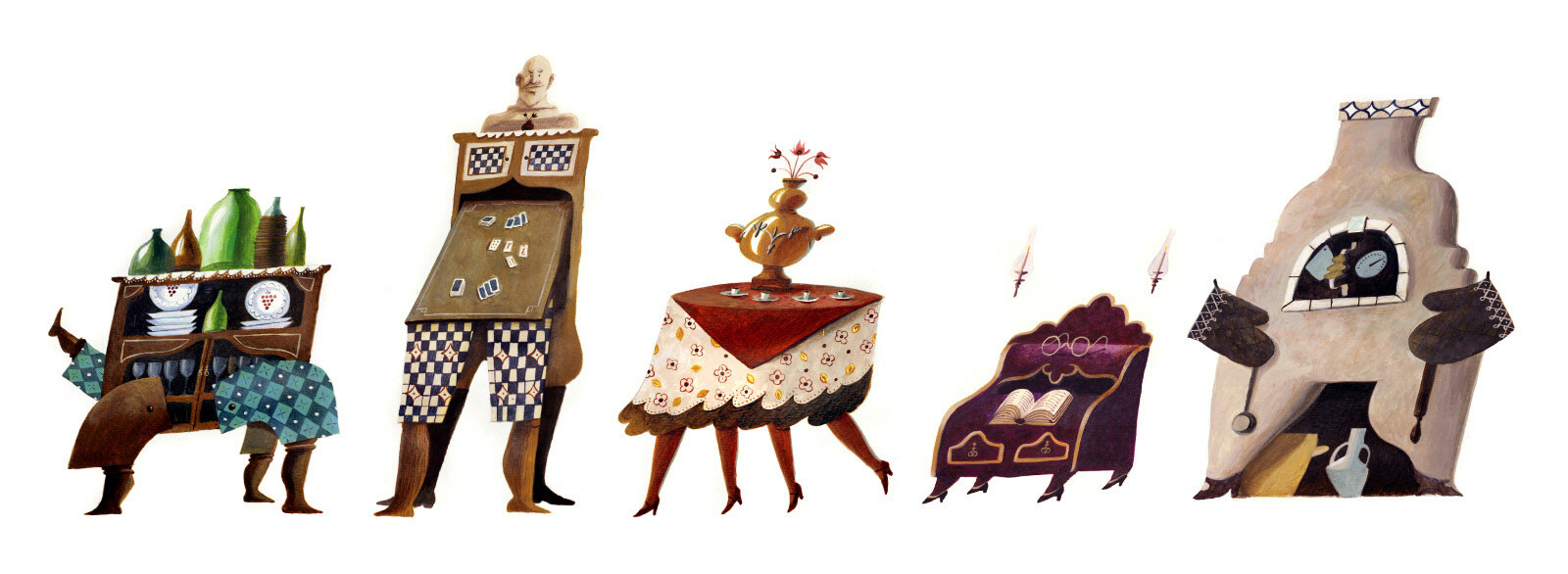


Signor Cappuccio (nicknamed after the type of grape, Nerello Cappuccio) is a former owner of a winery. His winery now is just a spooky cellar, but Signor Cappuccio still has the ardour of a young winemaker, even if it is only evident in his insolent jokes and dashing laughter at a local bar.


Signora 300 gradi is a hot-tempered lady. She is both the best pizza-maker and the worst brawler in town. She's tough to get along with, but the town couldn't be imagined without her.



Signora Domenica is a pious believer who spends her evenings reading the Bible. Even though her eyesight is not getting better with every year, she despises the inventions of contemporary technology and uses candlelight.


Signora Flora is a welcoming lady who works at a cafe. Her children have long since left the town, and have children of their own already, but Signora Flora stays in Graniti: it's her hometown and the place where she feels people need her.


Signor Scopa is a retired military man who spends the majority of his days playing scopa, sicilian card game, in a bar in the central square. He would mostly be hanging out outdoors, just because he doesn't like being home, a place that he couldn't manage on his own ever since his wife died.



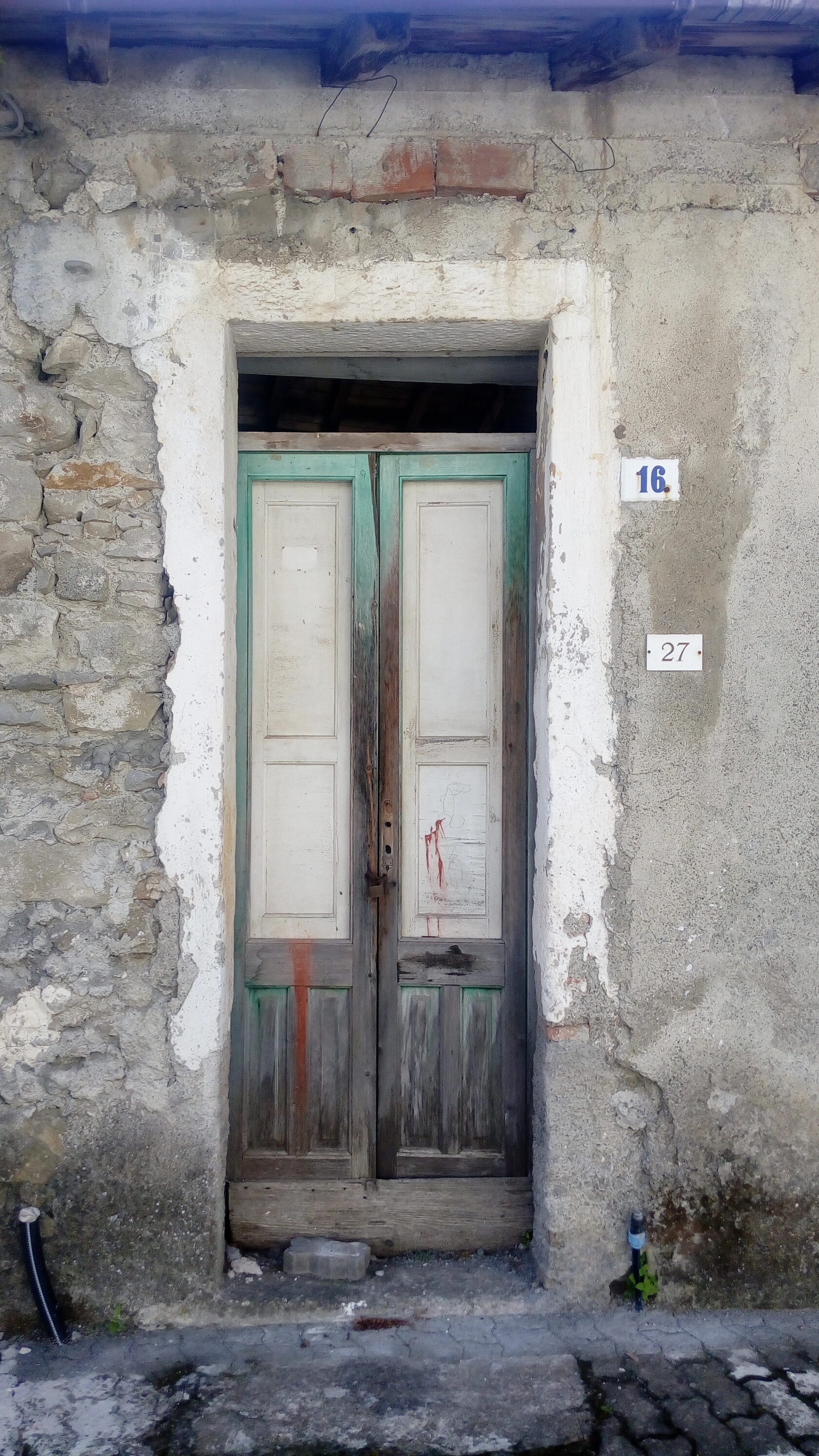
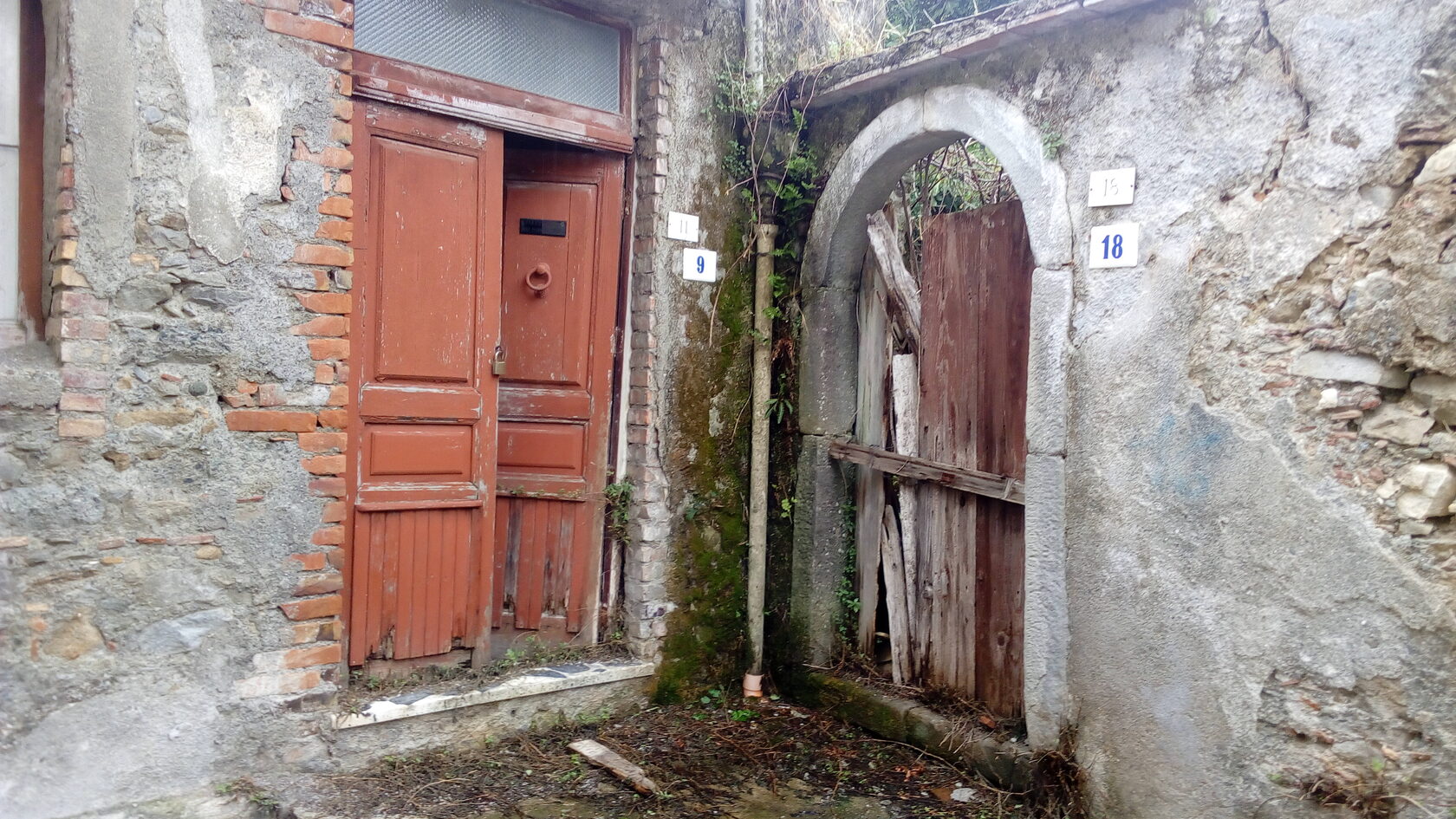
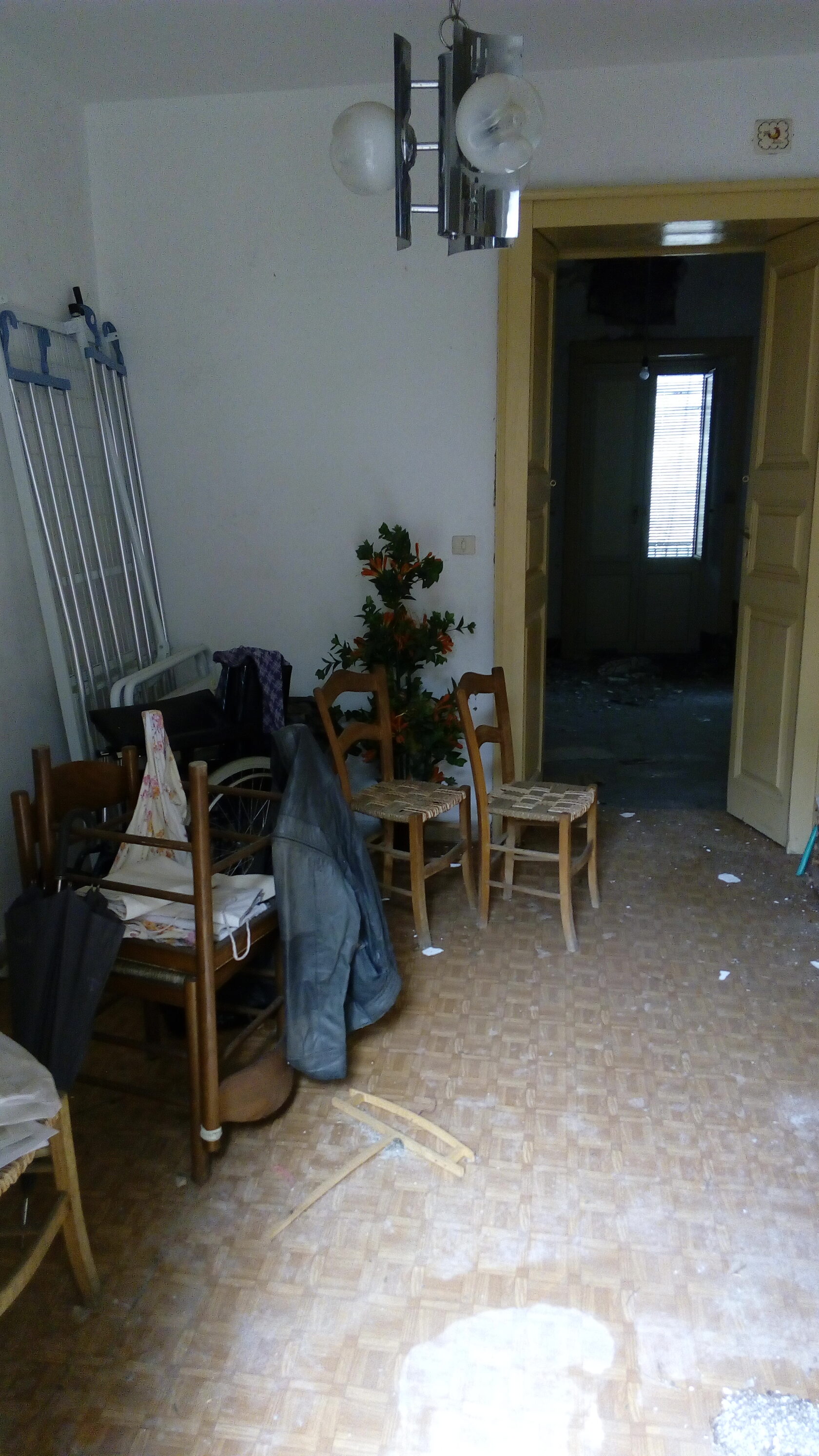
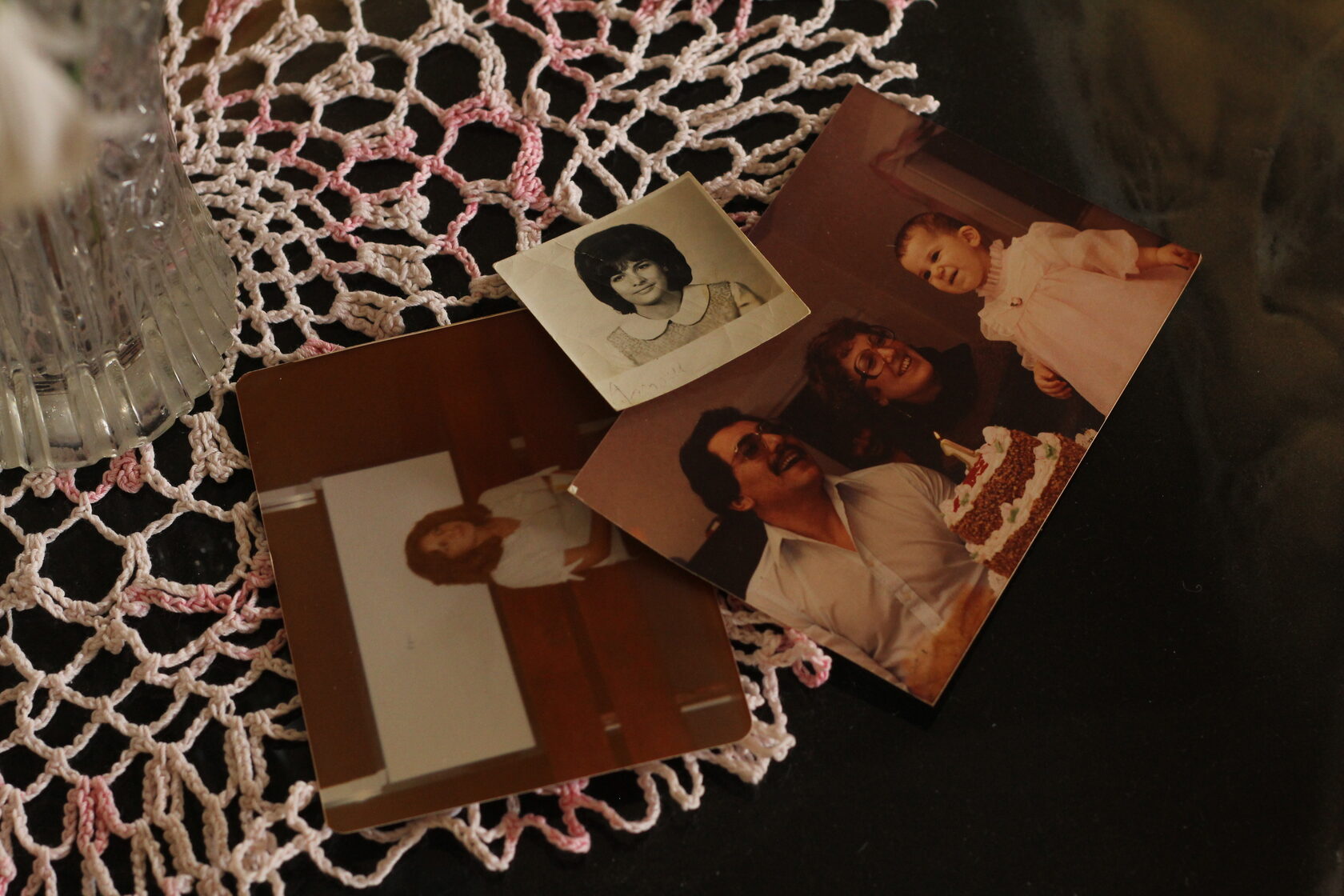
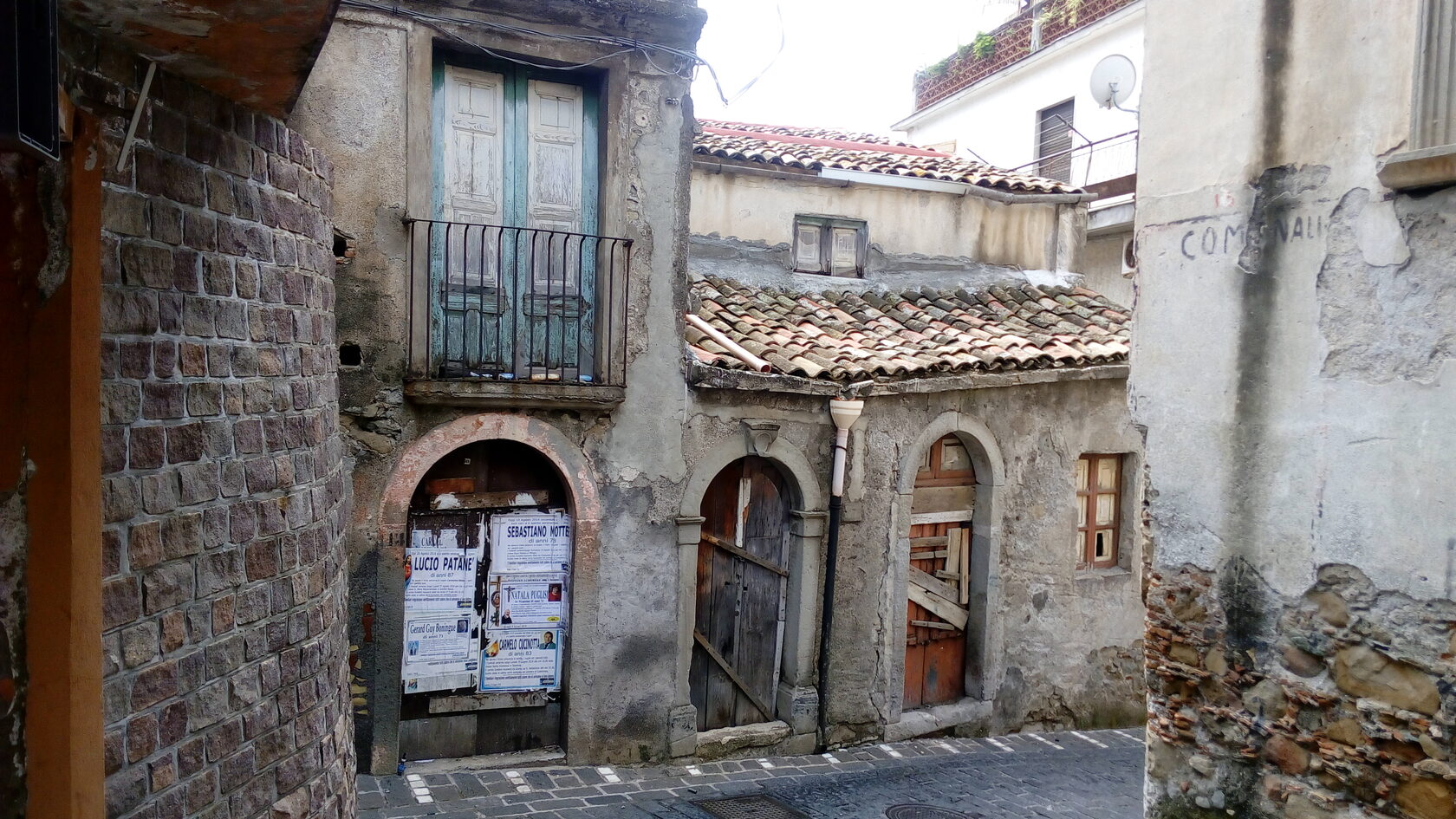
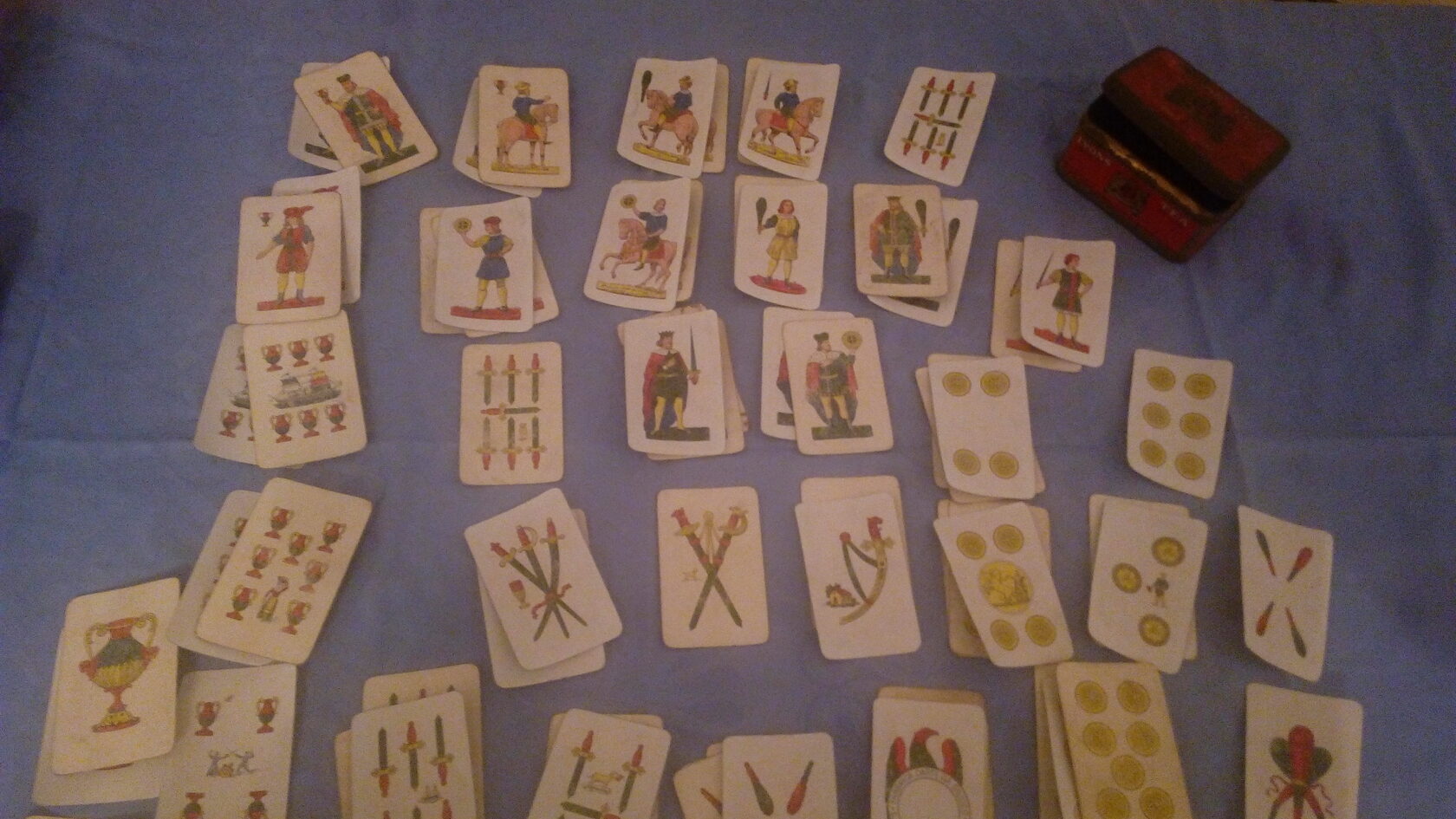
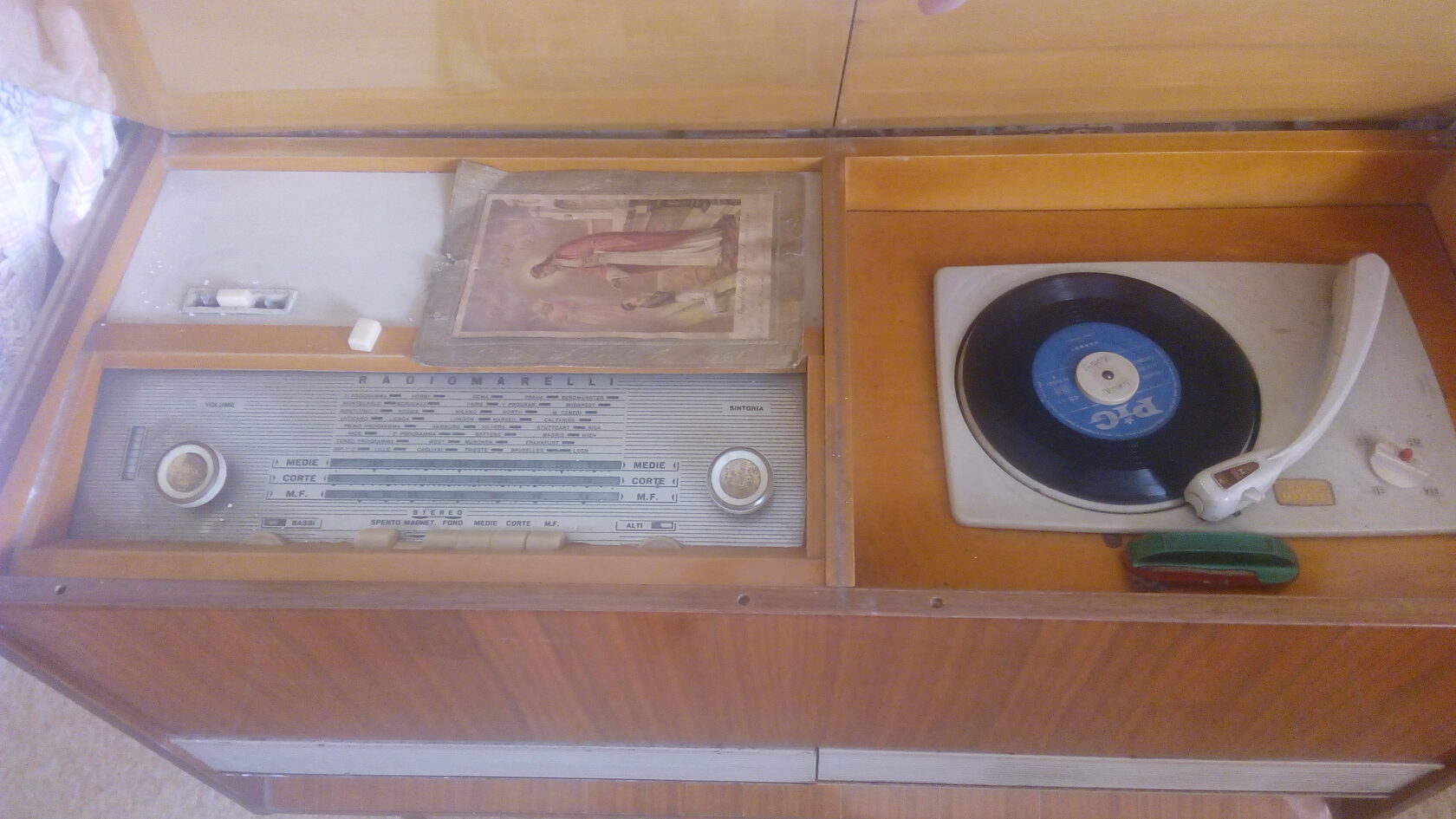



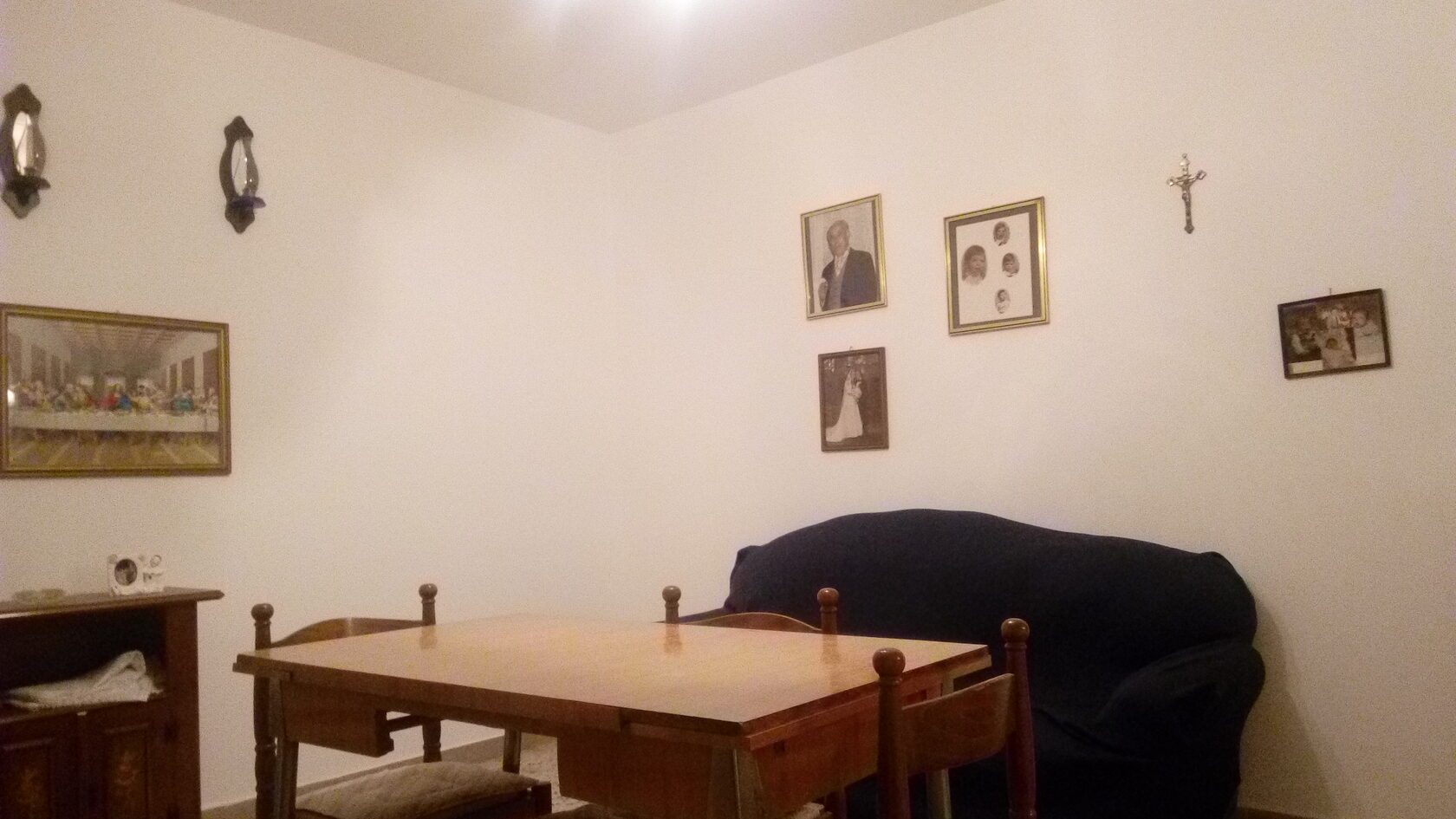
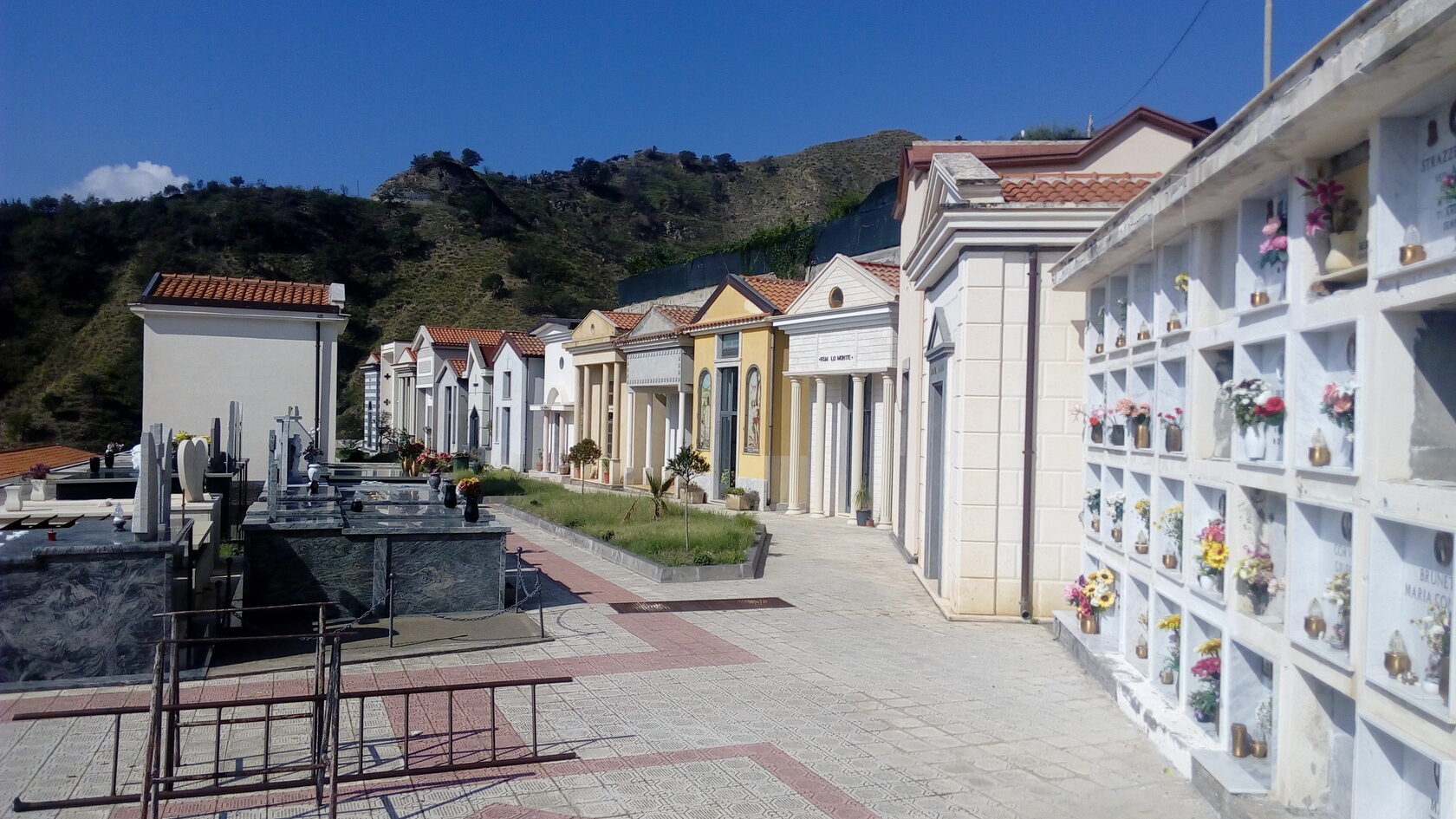
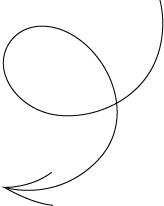
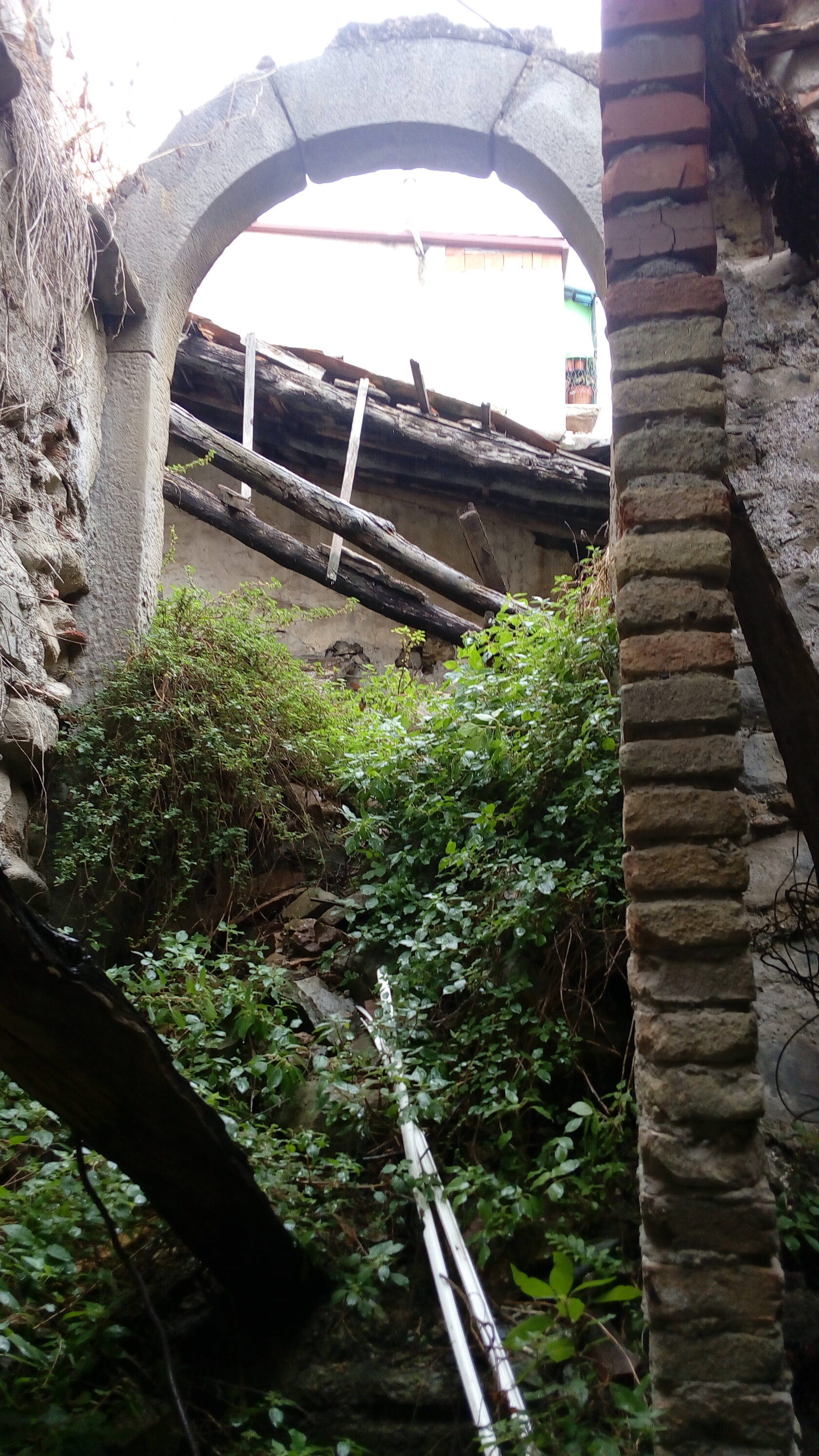
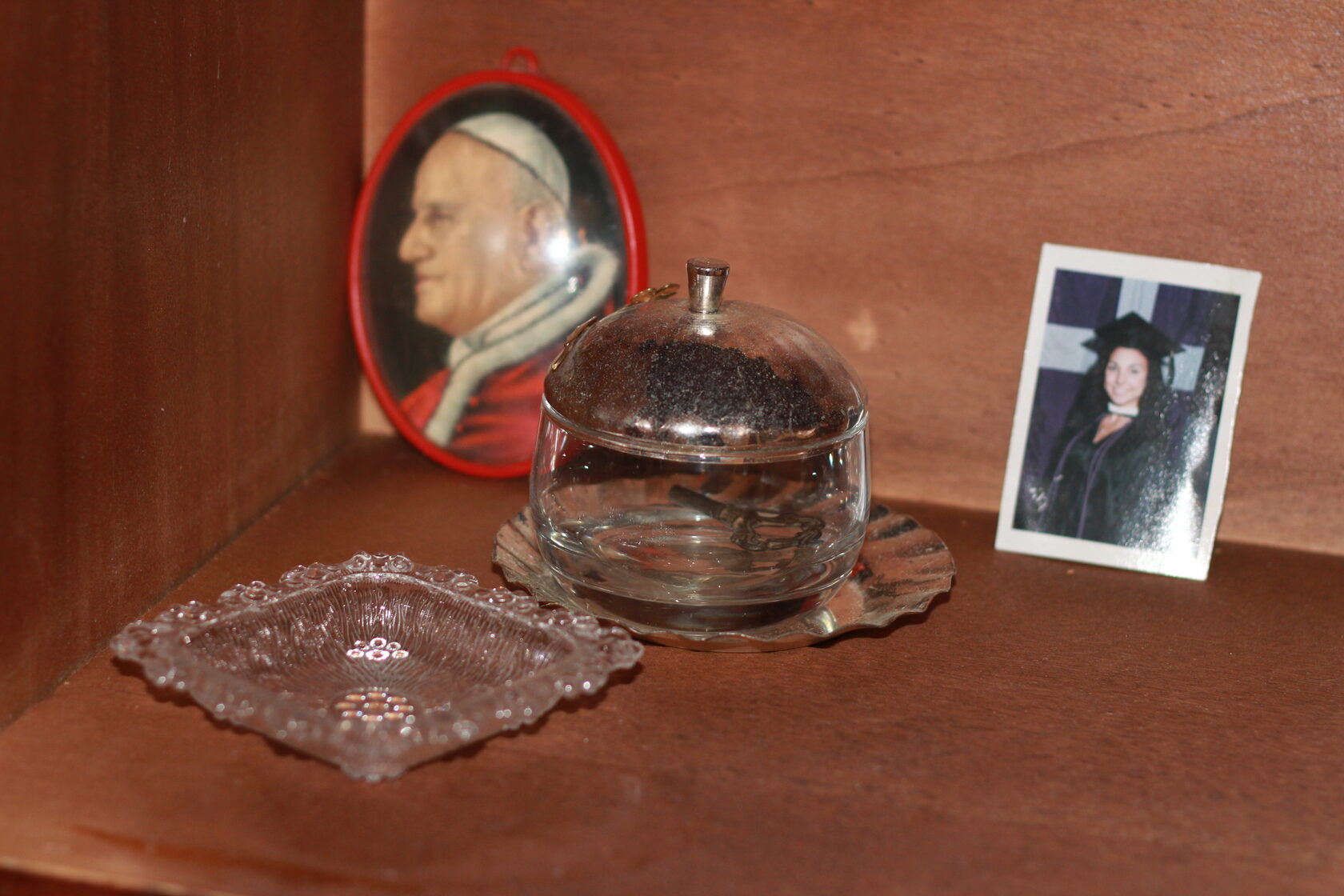
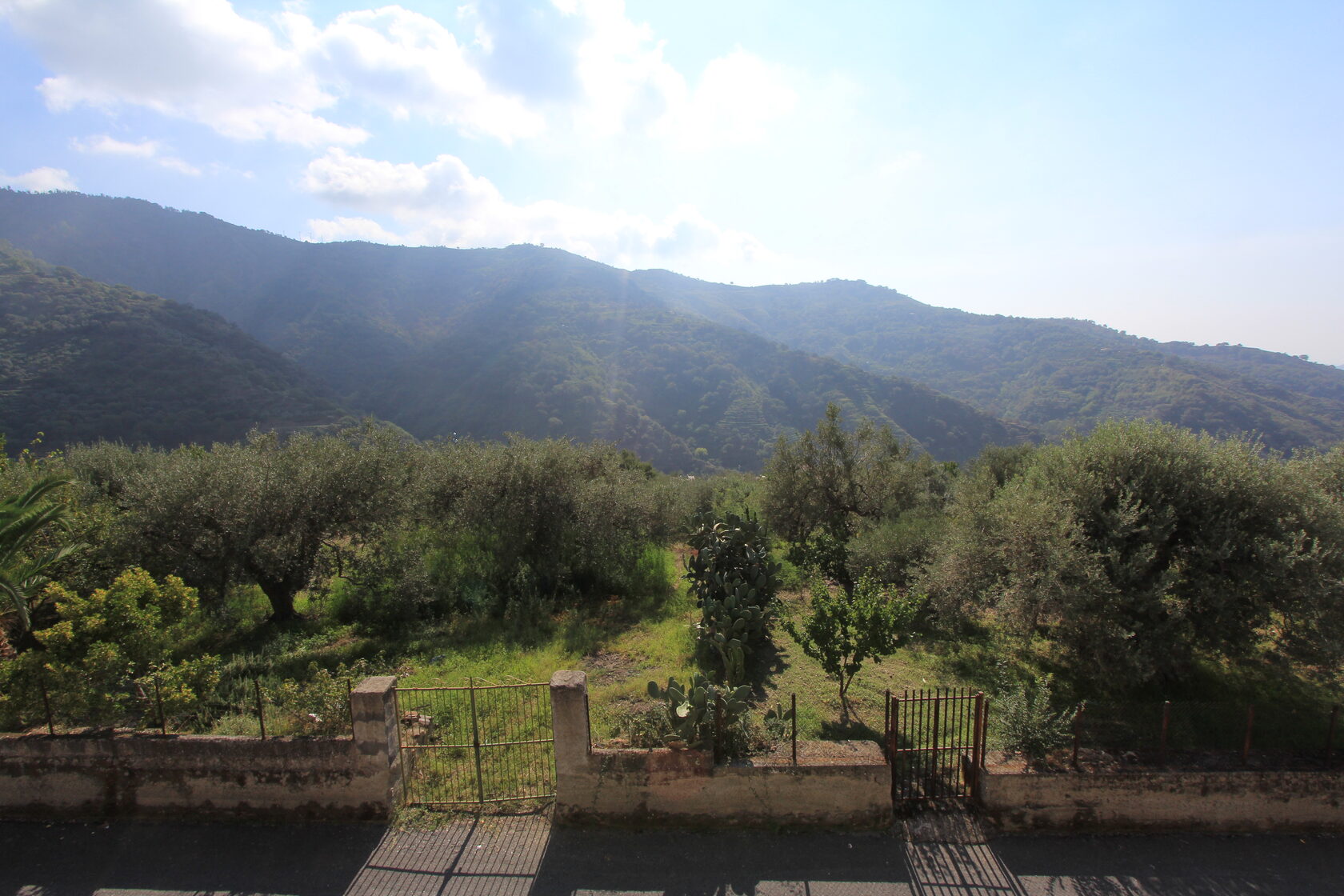
found in the residency house
abandoned house

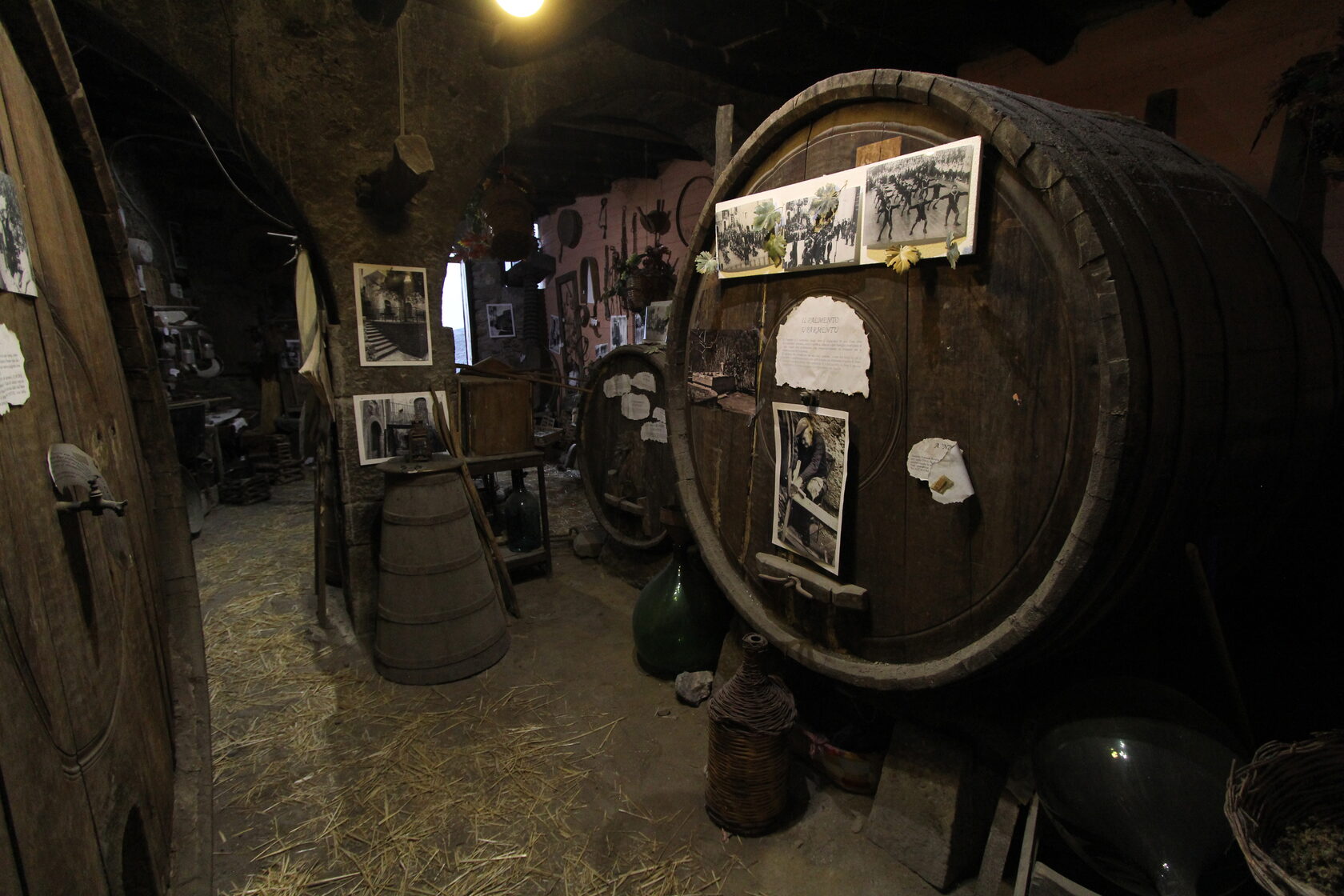
history-making?
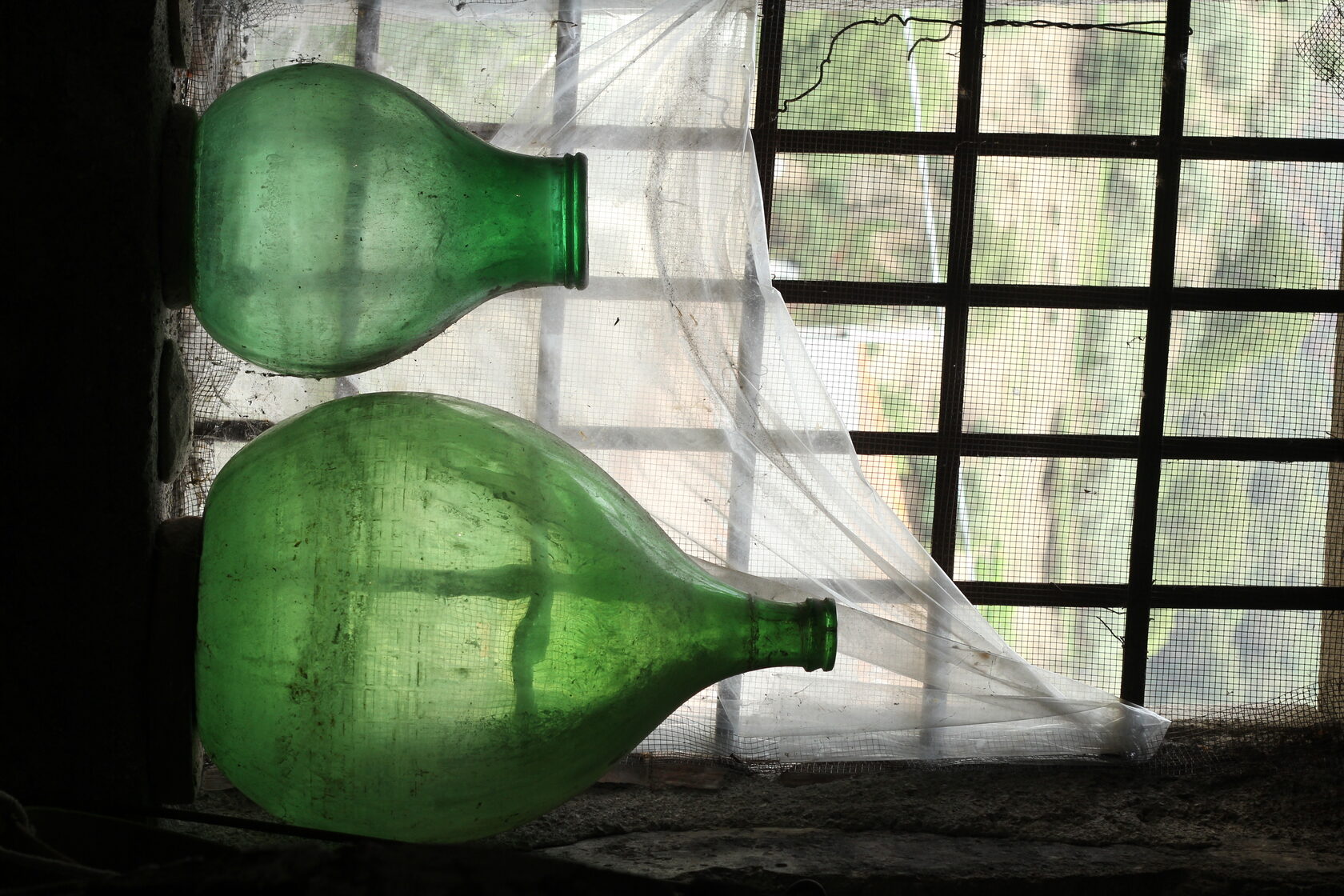

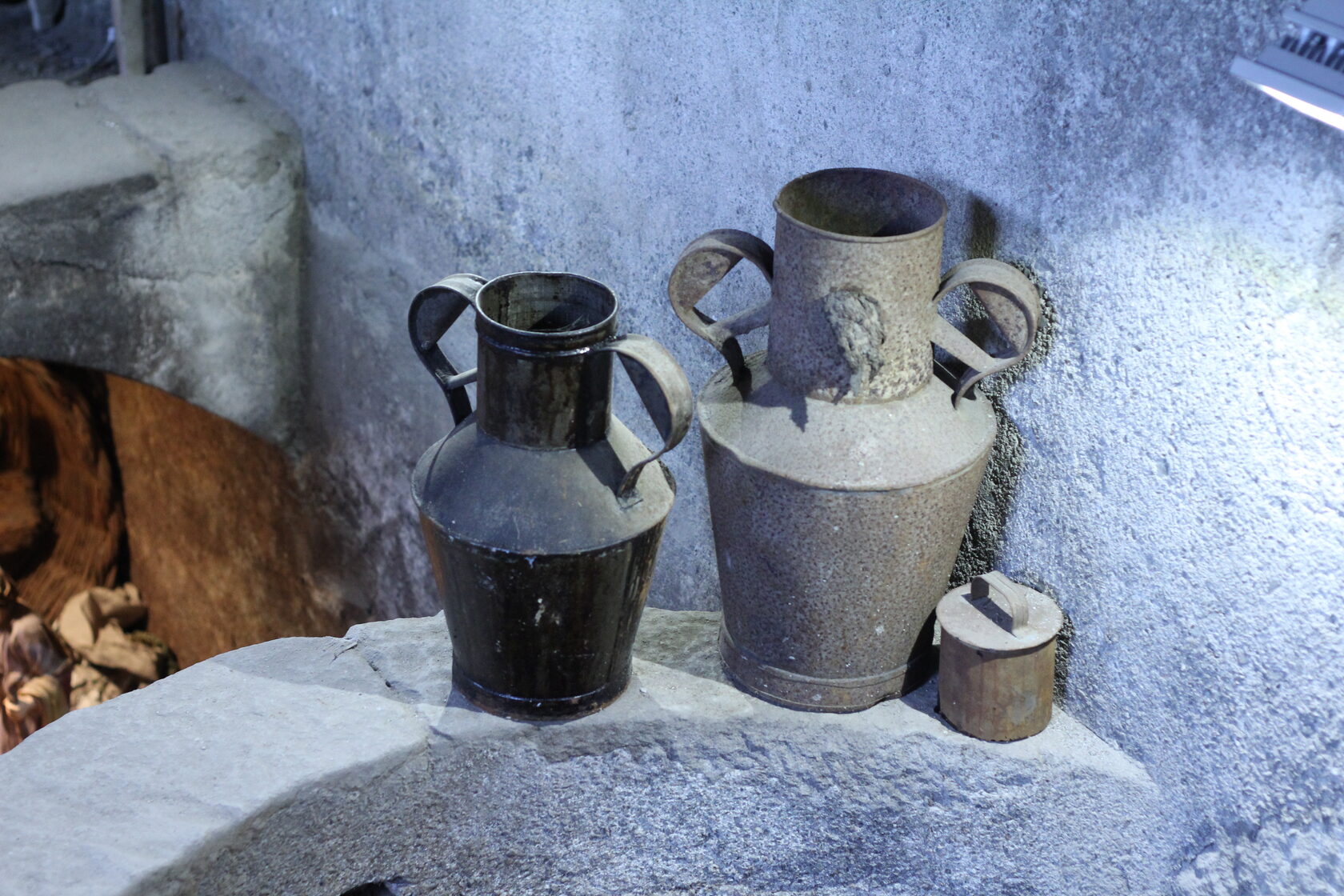
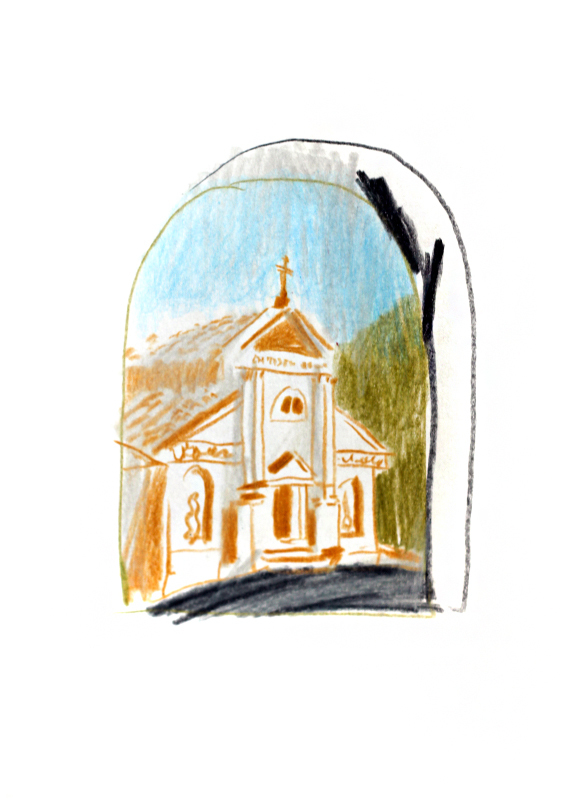
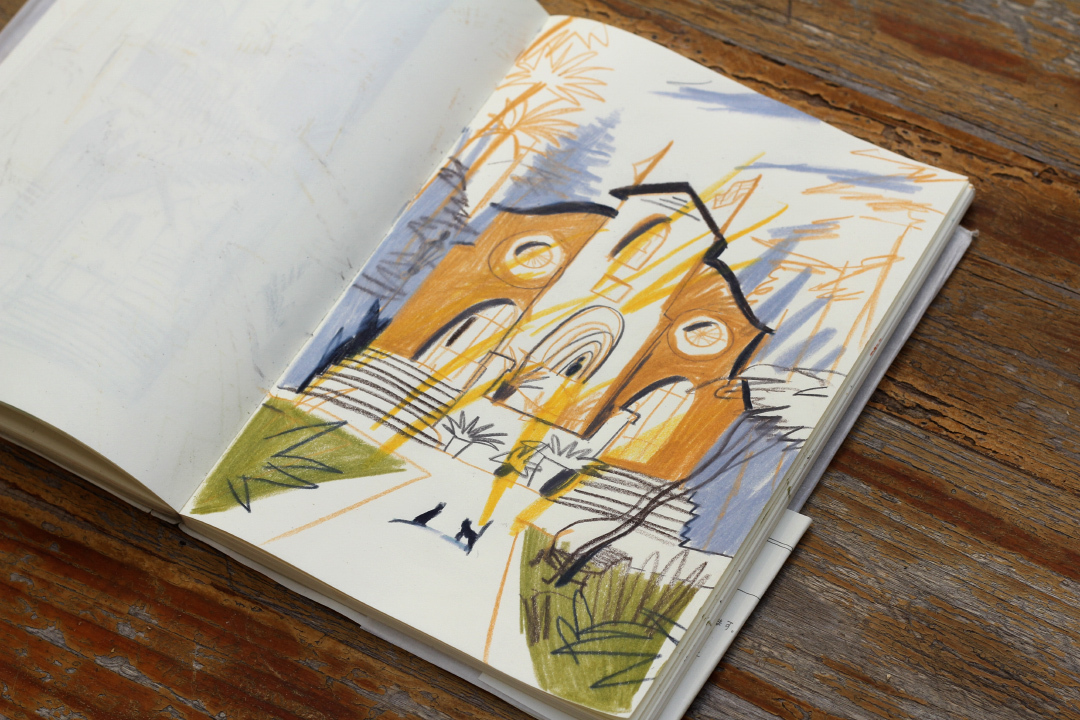
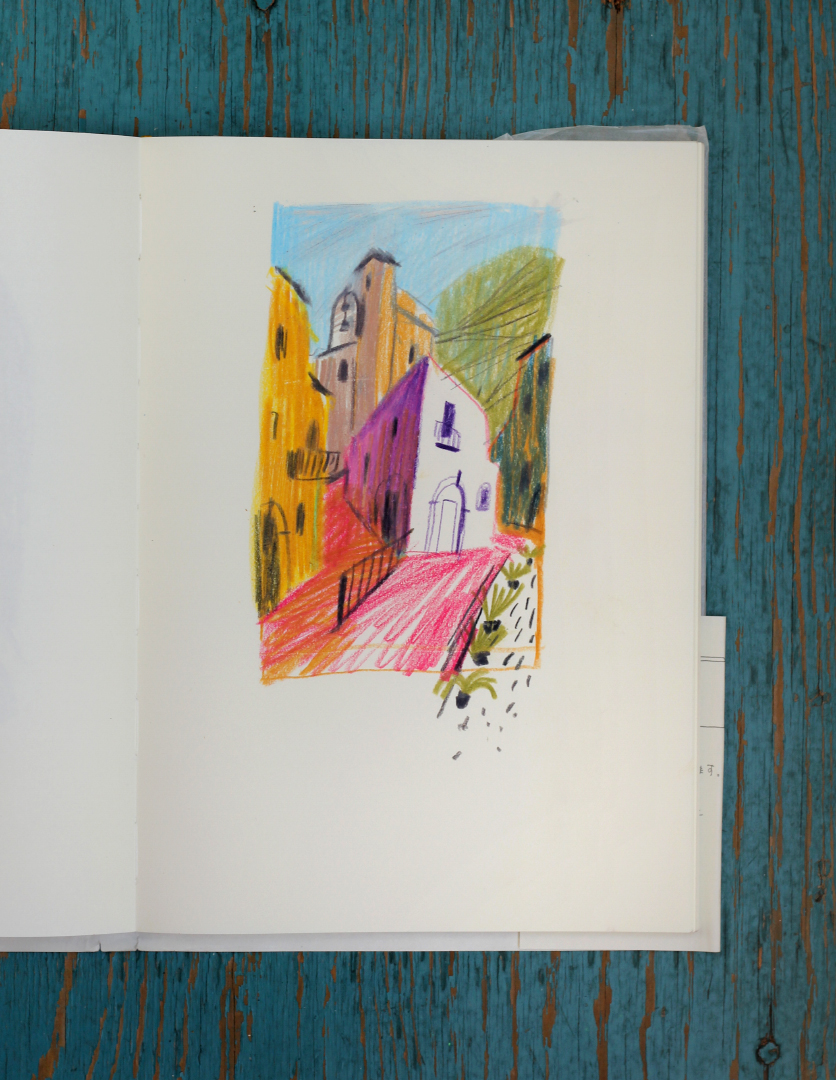
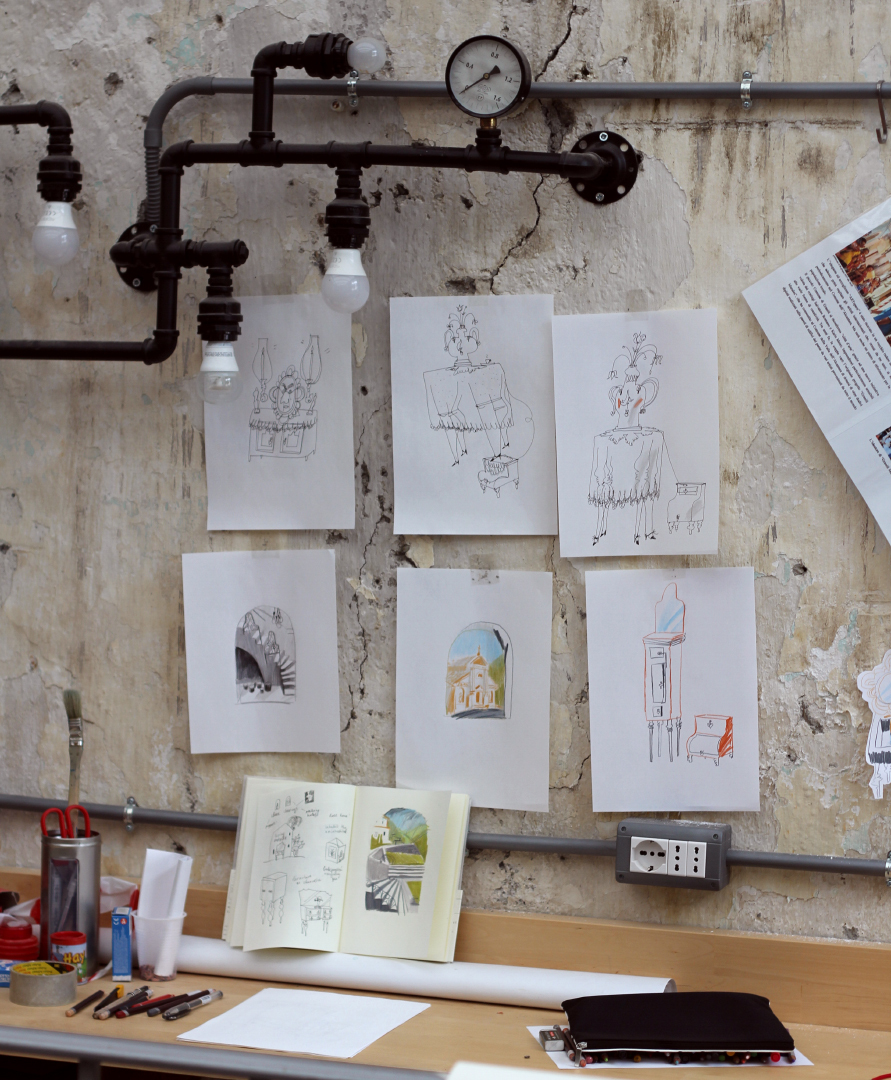
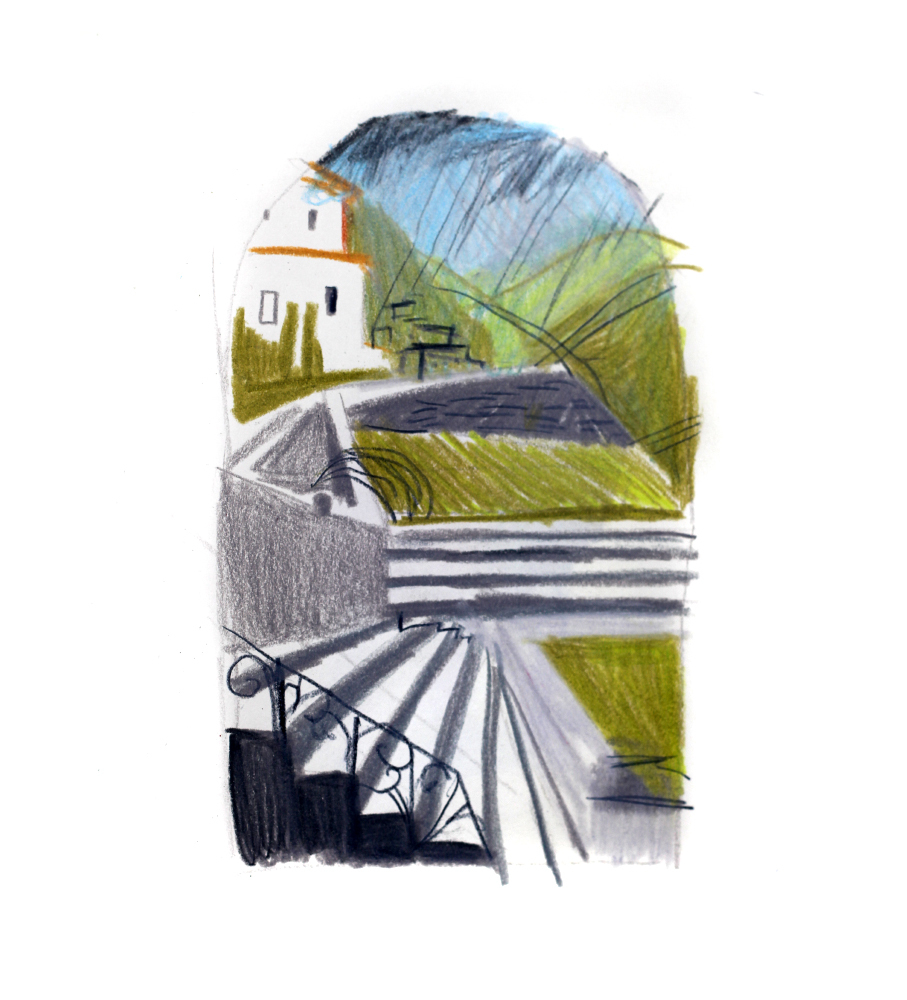




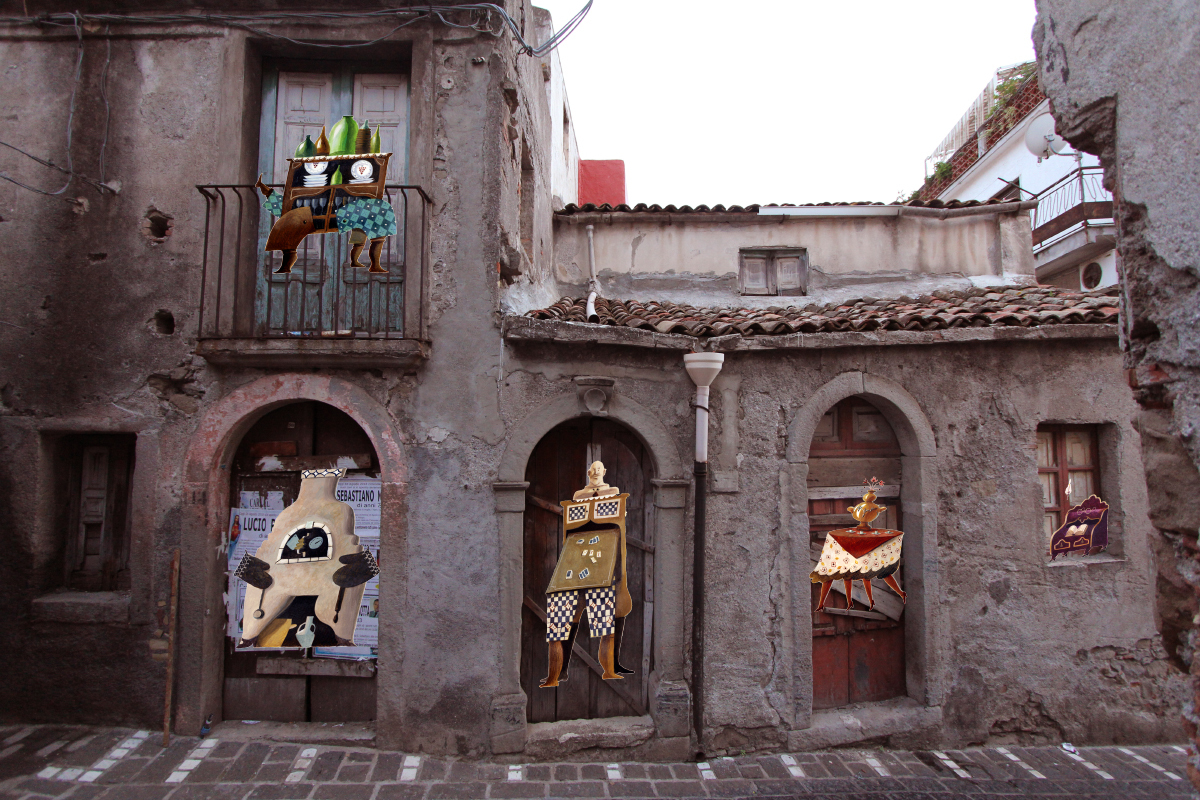


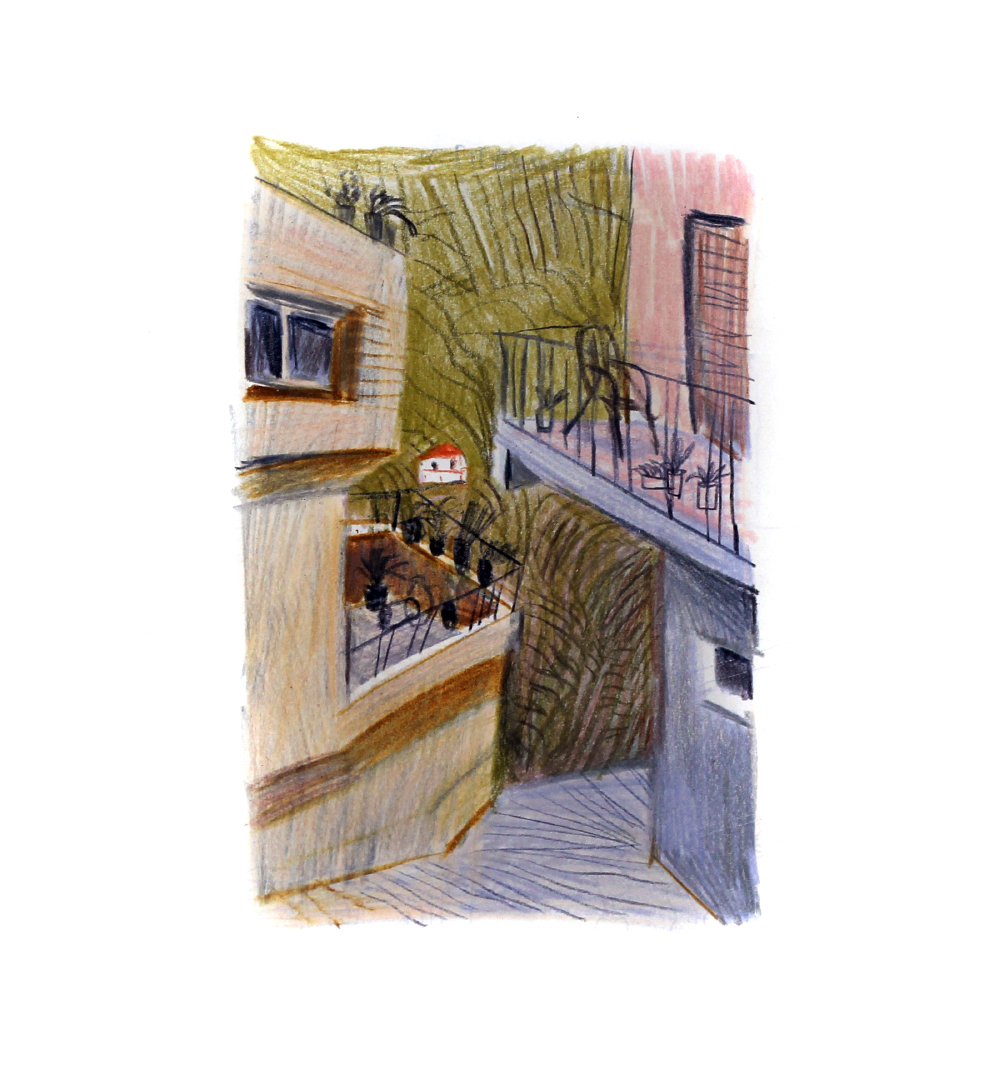
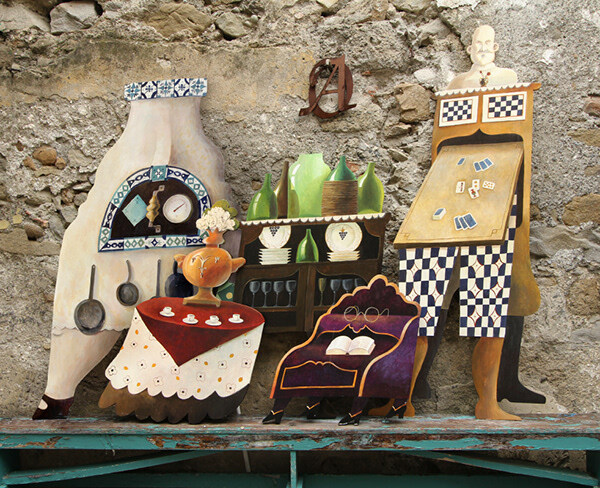
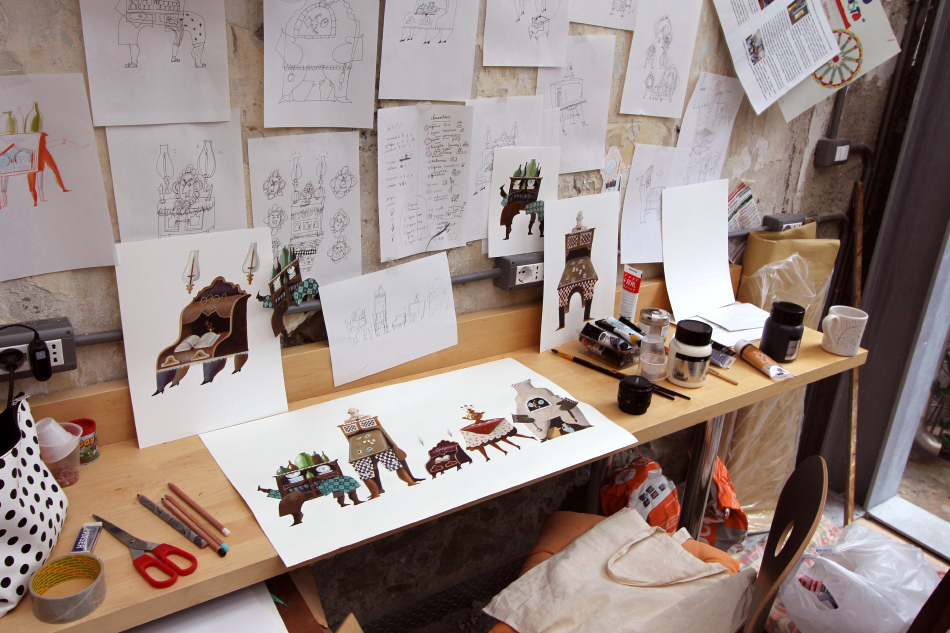
This project is an embodiment of nostalgia felt in Graniti, and an invitation to ask oneself, what is 'home'? And what is it like to abandon home?